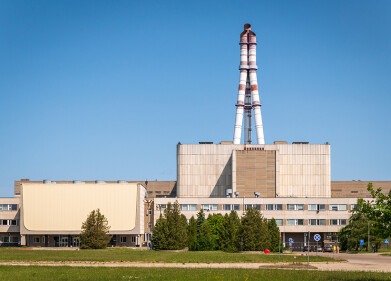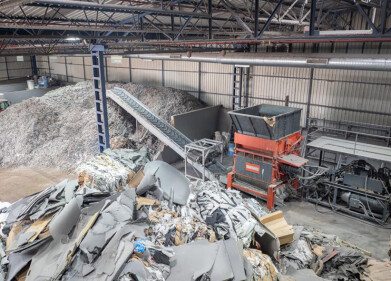Hazardous waste
What Are the Consequences of Light Pollution?
Dec 07 2017
Artificial light across the surface of Planet Earth has grown by over 2% every year since 2012, according to a new study from the GFZ Research Centre in Germany. Despite the widespread switch to LEDs and energy-efficient bulbs in the world’s developed nations, light pollution is still on the increase.
This could have serious consequences not only for the human race, but also for the animal and plant life with which we share the planet. Decreasing visibility of stars in urban centres and interrupted sleep patterns could affect human life, while migratory routes, feeding habits and habitat security could come under threat for our flora and fauna.
An illuminating study
Last year, a Spanish study found that the night sky is 23 times brighter than it would be without human existence. However, like all other previous studies, the investigation relied on data from the Defence Meteorological Satellite Programme (DMSP), which is not comprehensive and so the study depended on various assumptions to reach its conclusions.
In the latest study, scientists from the GFZ Research Centre for Geosciences in Germany analysed satellite images gathered by NASA using a new technique (Visible Infrared Radiometer Suite Day-Night Band, or VIRUS DNB) which is far more sensitive and accurate than previous methods.
The study, published in the journal Science Advances, showed that outdoor areas across the Earth increased by 2.2% every year between 2012 and 2016, with a total overall increase in global radiance of 1.8%. If that trends continues, the amount of artificial light on the planet will have doubled from 2012 levels by 2050.
A range of consequences
Such an increase in artificial light could have an irreversible effect on the world as we know it. Some of the possible consequences of light pollution are:
- Goodbye night sky. Increased use of lanterns, lamp posts are other light sources mean that natural darkening of the night sky could become a thing of the past. In 2015, a Kickstarter campaign was launched to raise awareness about the threat of light pollution on the visibility of the stars.
- The human impact. Light pollution has long been linked with a range of maladies and complaints, including headaches and migraines, increased anxiety, decreased sexual performance and difficulties in sleeping. Indeed, fatigue and disrupted sleeping patterns could have serious health implications for those who suffer from them.
- Animals at risk. And it’s not just our beauty sleep under threat – the very existence of some animals could be at risk. Last year, it was found that light pollution caused spring to come a week early in the UK, throwing animal habits into disarray. For plants which depend upon cross-pollination and photosynthesis to thrive, light pollution could be deadly, as well.
A huge waste
Perhaps the most serious concern here is the huge amount of wasted energy that the new study shows. With affluent countries such as the UK, USA and Germany having switched over to LED bulbs in the last few years, it had been expected that their radiance would have dropped – but just the opposite has happened.
This points to an increased consumption of energy, which means that excessive use of lights could be indirectly responsible for other forms of pollution, as well, such as contamination of air, water and soil. It’s time to see the light, or we might never see the dark again.
Events
Aug 24 2025 Stockholm, Sweden and online
Aug 27 2025 Busan, South Korea
Sep 02 2025 Mexico City, Mexico
Sep 02 2025 Mexico City, Mexico
Sep 09 2025 Moscow, Russia











